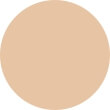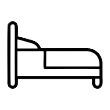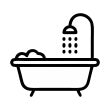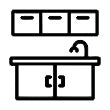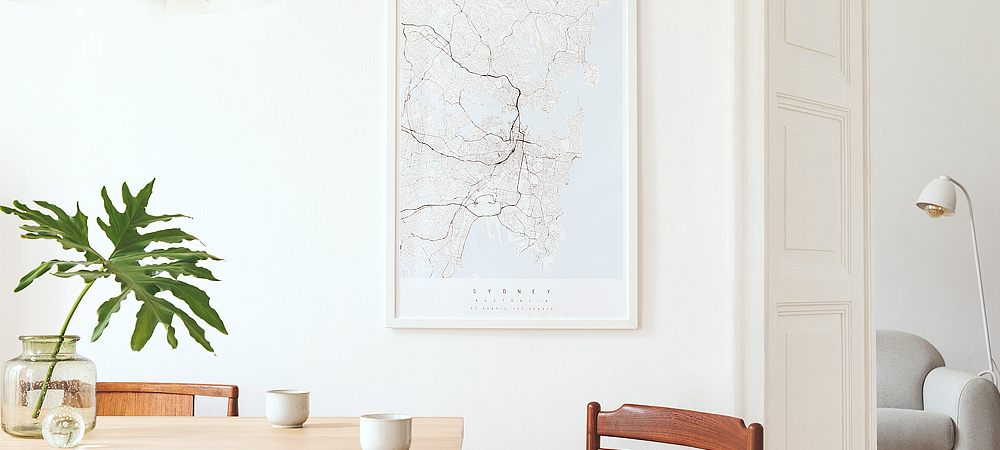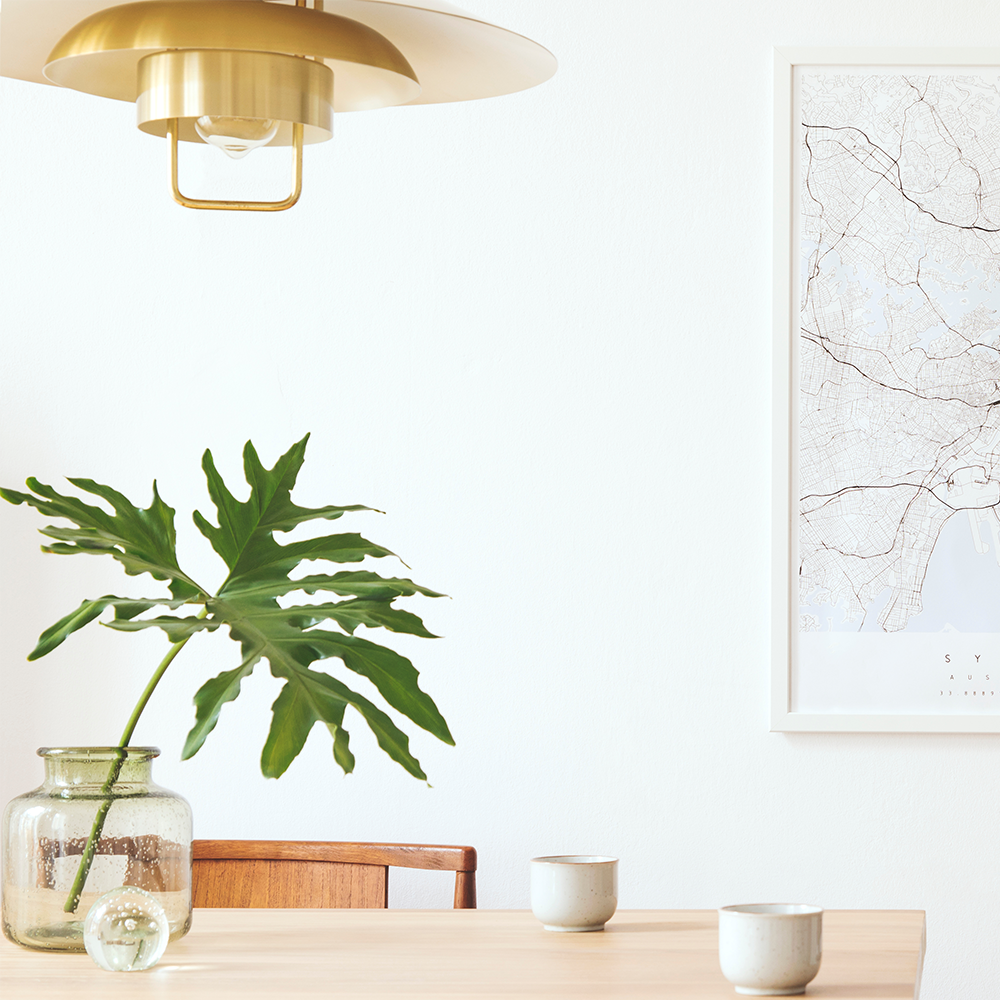Smooth Walls: The Secret To Achieving A Professional Look
Nothing can spoil the look of beautiful wallpaper like a bumpy, uneven wall. That's why it's essential to take the time to prepare your walls before you start the installation process.
Smoothing the walls not only ensures a more polished finished product but can also save you time and frustration down the line.
From removing old wallpaper to filling in cracks and dents, there are a few steps you can take to make sure of a smooth and seamless wallpaper installation.
But don't worry – you don't have to be a DIY pro to get the job done right. With a little elbow grease cleaner and basic tools, you can smooth out your walls and create the perfect canvas for your new wallpaper.
So grab your spackle, sandpaper, and putty knife, and get ready to transform your walls into a work of art. In this guide, we'll walk you through the best practices for smoothing walls and share our tips and tricks for wallpaper installation success. Let's get started!
Step To Prepare Your Walls
The secret to achieving a smooth wall with a professional look is by following the 4 steps without compromising on each other.
1. SMOOTH
Before you begin hanging your wallpaper, it's important to properly prepare your walls to ensure a smooth and even surface for the best results. Here are some amazing tips to get you started:
- Remove Any Obstacles: Remove any hooks, nails, or light switch plates from the wall to create a flat surface for your wallpaper.
- Fill In Any Imperfections: Fill in any holes, cracks, or craters in the wall. Once dry, sand it down to create an even surface.
- Smooth Out Textures: Use joint compound to create a smooth surface for wallpaper. Apply a skim coat to the wall, let it dry, and sand it down.
By ensuring these simple steps, you can ensure flawless and long-lasting results.
2. CLEAN
Before installing wallpaper, it's important to prepare the wall by cleaning it thoroughly. Use a strong cleaner like sugar soap or TSP (trisodium phosphate) to remove grease and other buildups. If there's already paint on the wall, a solution of hot water and vinegar will do the trick.
After sanding the wall, use a soft wet cloth to remove dust particles. Repeat this cleaning step again 24 to 48 hours before installing the wallpaper.
This will ensure the wall is clean and free of debris that could interfere with the wallpaper's adhesive. With a clean and properly prepared wall, you can be confident in the longevity and durability of your newly wallpapered space.
3. PAINT & PRIMER
When it comes to wallpapering, not all paints are created equal. Preparing painted walls for wallpapering can be challenging as the paint can affect the wallpaper's adhesive properties.
To know more about the challenges and how to overcome them, check out this link:
Painted Walls and Wallpaper Installation.
If required, you can apply primer to protect the walls and allow for easy removal later. Opting for a primer tinted in a similar color to the wallpaper can help create a seamless and professional look.
In addition to improving adhesion, a primer can also seal the wall, preventing moisture from causing mold and fungus growth, which is particularly relevant in high humidity or moisture-prone areas such as bathrooms and kitchens.
4. MOISTURE
Can you put wallpaper in a bathroom? This is a common question, but the answer depends on the room's moisture level. Is it a room with a toilet, or does it have a shower?
Transform your kitchen or bathroom with our vinyl peel and stick wallpapers! Designed specifically for moisture-prone spaces, our vinyl wallpapers are completely waterproof and will not absorb any moisture. This means you can enjoy a stylish and durable wall covering that won't lift or peel due to humidity or water damage.
We also offer pre-pasted and unpasted options for the traditional wallpaper look. However, it's important to note that these types of wallpaper can be vulnerable to water damage as they are made of paper pulp material.
Applying varnish can help create a barrier of oil that prevents water from penetrating the adhesive. Still, it may make the removal process difficult and damage the wall.
For more information on bathroom wallpapering, check out this helpful guide: Bathroom Wallpaper Installation.
A Short Recap
Follow the steps to properly prepare your walls before applying wallpaper.
- Smooth the wall by filling in holes and sanding down bumps.
- Clean the wall using sugar soap or a mixture of hot water and cleaning vinegar.
- Apply primer to seal the wall and create a smooth surface.
- Use appropriate wallpaper recommended for moisture prone spaces.
- Finally, install your wallpaper and enjoy your newly transformed space!
Taking these precautions will ensure that your wallpaper looks its best and lasts long. Remember to prepare your walls before installing your dream wallpaper to avoid future problems.
